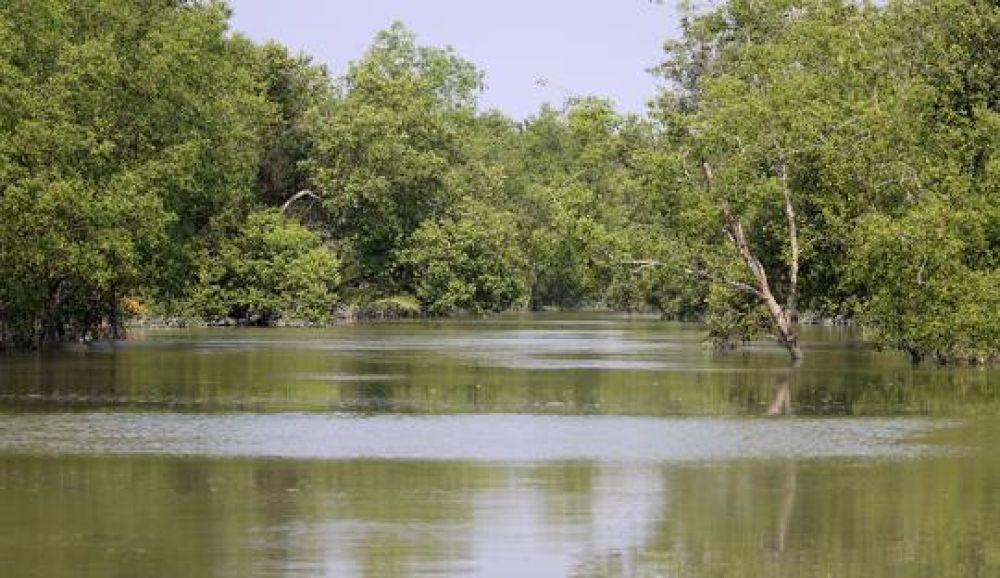The Sundarbans Mangrove Forest, situated in the delta region of Padma, Meghna and Brahmaputra river basins, is a natural wonder located in the coastal region of the Bay of Bengal, sprawling across parts of Khulna, Satkhira, and Bagerhat districts in Bangladesh. Covering approximately 10,000 square kilometers, it is the largest mangrove forest in the world, with a complex network of tidal waterways, mudflats, and small islands. It is home to a variety of flora and fauna, including the famous Royal Bengal Tiger, spotted deer, crocodiles, and several species of birds and fish. The Sundarbans is recognized for its unique biodiversity and has been declared a UNESCO World Heritage Site. This forest is a critical area for biodiversity conservation and is known for its wide array of plant species, including the ubiquitous sundari tree, from which the forest derives its name. The Sundarbans also supports communities living on its edge, where traditional lifestyles are closely intertwined with the ecological cycles of the forest. Despite its ecological importance, it is facing threats from climate change, rising sea levels, and human encroachment.

